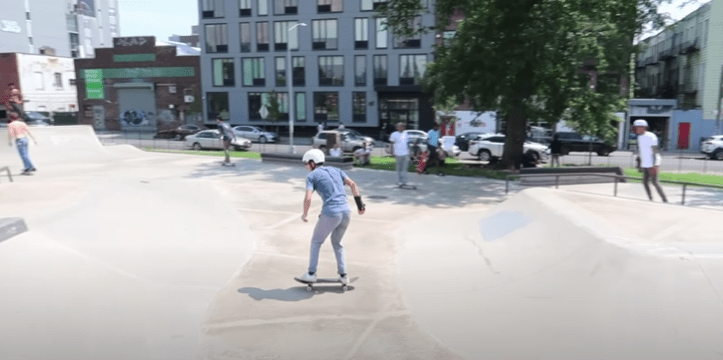

Skateboarding can be a challenging sport, especially for beginners. However, with the right approach, anyone can become a better skateboarder regardless of age or fitness level. The first step is to learn the fundamentals and avoid attempting tricks that are beyond your skill level. This can help prevent unnecessary falls and injuries.
Learning the basics of skateboarding, such as balance and technique, is essential for building a strong foundation. As you progress, you can gradually work on more advanced tricks and maneuvers. It’s also important to practice regularly and stay motivated.
Remember, skateboarding is a fun and rewarding activity that requires patience and dedication. By focusing on the fundamentals and taking things one step at a time, you can become a better skateboarder and enjoy all the benefits that come with it.
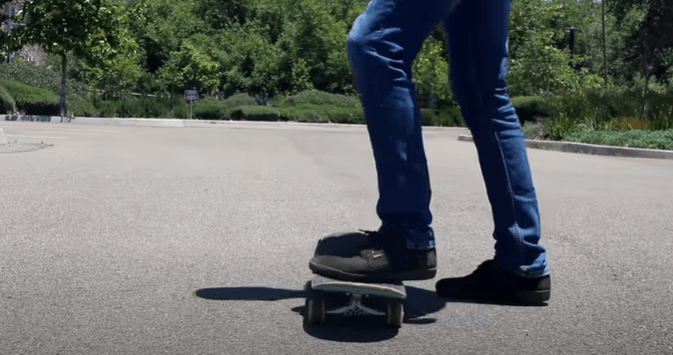

Skateboarding requires a solid foundation in the basics before progressing to more advanced tricks. Beginners who skip this step often struggle later on since mastering each skill takes time and practice. Some tricks may not come naturally at first, but perseverance is key.
On the first day of skateboarding, focus on balancing and pushing. Proper foot placement is crucial, with phrases like “foot must be in front” or “regular left-footed skater” used for clarity.
Start by balancing on one foot while moving around slowly to gain comfort and control. This helps when attempting different tricks later on. Gradually adjust to the movements without going too fast, which could lead to injury.
Practice on a grassy or carpeted surface with the wheels immobilized. Lean forward, backward, and to the side to feel your board’s reaction. Find a safe and clean place to ride, such as an empty parking lot or field.
Before riding, repeat the movements with both feet firmly planted on the board. Give the board a small push and repeat until you feel more in control.
Once you’ve gained confidence, learn how to ride and turn. It’s recommended to skate for a few weeks to train your body movements before attempting more advanced tricks like ollies. With patience and practice, you can become a better skateboarder and enjoy this fun and rewarding activity.
If you want to improve your skateboarding skills, it’s important to learn how to fall safely. Falling is a normal part of skateboarding, so it’s essential to know how to minimize the impact and avoid injury.
Wearing knee pads can provide some protection when you fall, reducing discomfort and the risk of injury. Learning how to roll when falling can also help distribute the impact across a larger area, minimizing the impact on any one body part.
Practicing your balance can help you anticipate falls and react quickly to avoid injury. By staying on your feet, you can build confidence and improve your skateboarding skills.
Remember that falls are inevitable, but with practice and safety precautions, you can minimize the risk of injury and keep improving your skateboarding abilities.
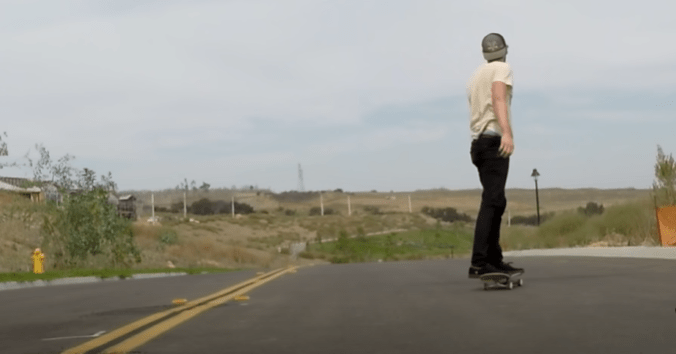

Investing in a quality skateboard is essential for beginners who want to improve quickly and avoid frustration or injury. High-quality wheels, bearings, and trucks are necessary for smooth and safe riding, and a sturdy deck is essential to withstand the impacts of skateboarding.
Avoid purchasing cheap skateboards from supermarkets or general stores, as they often have low-quality hardware that can make them unsafe to ride, particularly for downhill or slalom-style skating.
A complete skateboard can cost anywhere between $100 and $180, depending on the brand and additional features such as grip tape, bearings, and hardware. It’s essential to choose a reputable brand like WOOKRAYS, which offers a range of boards suited to different activities such as longboarding or rollerblading.
Customization is also an option, with different deck sizes and add-ons available to create a personalized skateboard tailored to your individual needs and preferences. By investing in a quality skateboard, beginners can improve their skills and enjoy a safe and enjoyable riding experience.
Skateboarding may seem easy, but it can be challenging to get started. As a beginner, you will need some help to learn the basics and feel more comfortable in the skate park. Don’t be afraid to ask experienced skaters for advice and tips on what tricks to try and the necessary equipment. Skaters are generally willing to share their knowledge and help newcomers.
Skating can be a rewarding and enjoyable activity, and it’s essential to remember that experienced skaters have been where you are now. They’re happy to offer guidance, but it’s important not to get in their way or hinder their progress. Focus on having fun and learning, rather than impressing others with your skills right away.
It’s also important to know your limits and not try tricks that are beyond your abilities. Overconfidence can lead to injuries and setbacks, so take your time and be patient with yourself. Skateboarding requires practice and perseverance, so don’t be discouraged if you don’t master a trick right away.
Finally, don’t let fear hold you back from skateboarding. It’s natural to feel apprehensive when trying something new, but with practice and a positive mindset, you can overcome your fears and enjoy the sport.
Making videos is a great way to improve your skateboarding skills. By reviewing your footage, you can identify areas that need improvement, such as balance or technique. This can be challenging for beginners who are used to watching their videos one shot at a time, but it’s important to analyze the footage as a whole.
To get started, you can use your phone or GoPro to record your skating sessions. Once you have footage, you can download it and edit it using software like iMovie or Adobe Premiere. This will allow you to watch your videos more closely and make adjustments as needed.
Watching skateboarding videos can also be a great way to get inspired and learn new tricks. While watching videos alone won’t necessarily improve your skills, it can give you ideas and motivation to keep practicing.
Ultimately, the key to improving your skills is consistent practice. Keep working hard and don’t get discouraged if you don’t see progress right away. With dedication and effort, you can master every move and become a better skater.
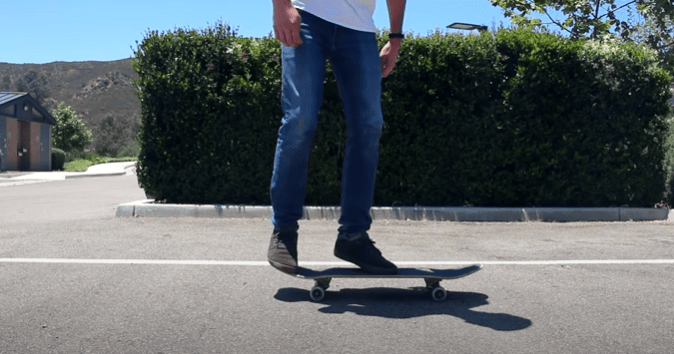

The skateboarding community is a valuable resource when seeking advice. Utilize online forums to connect with experienced skaters who are happy to offer tips and guidance. Many skaters also post videos demonstrating their techniques, providing insight into how they approach different tricks and obstacles. Before attempting any new maneuvers, it’s wise to check out what others have done with similar boards as yours. Remember, practice makes perfect!
To improve your riding, record a video and analyze it closely. Be sure to capture both the board footage and your footwork in detail. This will allow others to provide feedback on your posture and other areas that may need improvement. The key is to be aware of your weaknesses and seek out ways to address them in order to progress.
Learning to skateboard at an older age can be challenging, especially for those in their 30s who didn’t start at a young age. Regular exercise can help improve your chances of becoming a skilled skater, as opposed to leading a sedentary lifestyle.
However, even if you’re not in perfect physical shape, you can still become a successful skater. As long as you have some muscle definition or cardiovascular endurance, you can power through the workout and improve your abilities.
Skateboarding is an excellent form of exercise that provides social opportunities and entertainment. While skateboarding itself is not dangerous, taking safety precautions is crucial to avoiding injuries. It’s vital to wear protective gear such as helmets and knee pads, especially when skating at high speeds or on bowl ramps where falls are more likely to occur.
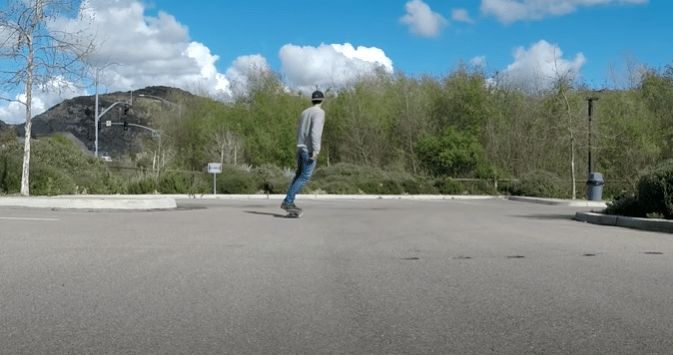

Skateboarding is a beginner-friendly sport that requires mastering the basics of balance and board control before attempting tricks. Investing in quality equipment is essential for long-lasting performance, and seeking advice and support from experienced skaters is encouraged.
Riding with others is a great way to learn and improve skills, and asking for help or advice is nothing to be ashamed of. There’s always room for learning and growing together in the skateboarding community!
